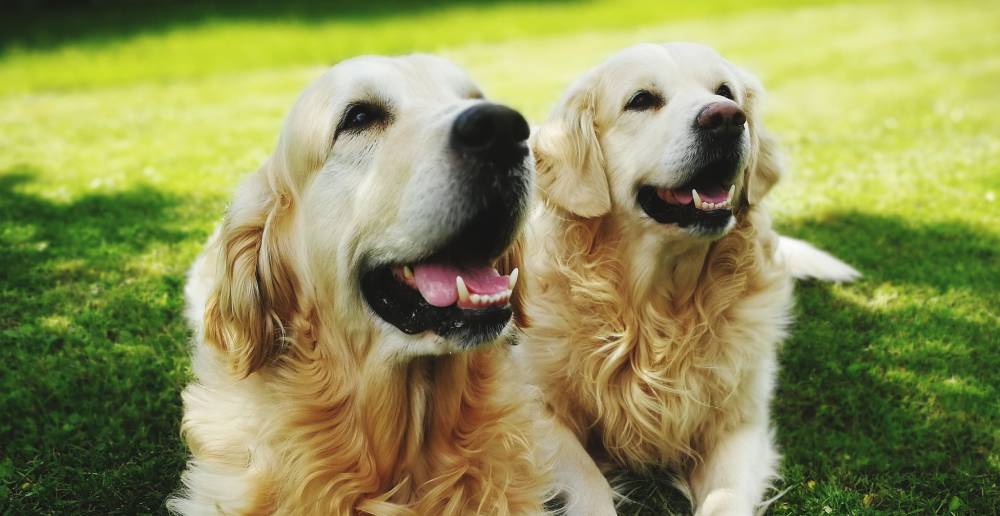
Canine Parvovirus (CPV) is a highly contagious and potentially fatal virus that affects dogs, particularly puppies and unvaccinated dogs. This virulent disease primarily attacks the gastrointestinal tract, leading to severe symptoms such as vomiting, diarrhea, and extreme lethargy. The rapid onset and progression of CPV make early detection and intervention critical. Understanding how this virus spreads, recognizing its symptoms, and knowing the available preventive and treatment measures can significantly enhance a dog’s chances of survival.
What is Canine Parvovirus?
Canine Parvovirus (CPV) is a highly contagious and dangerous virus that affects dogs, particularly targeting the gastrointestinal tract. The virus is especially threatening to puppies, unvaccinated dogs, and those with weakened immune systems. Transmission occurs through direct contact with an infected dog or contaminated environments, such as:
- Feces
- Soil
- Objects like food bowls, shoes, or other surfaces
Once the virus is ingested, it attacks rapidly dividing cells, primarily in the intestines, causing severe gastrointestinal distress. Key symptoms of CPV include:
- Persistent vomiting
- Severe diarrhea, often bloody
- Lethargy and weakness
- Loss of appetite
- Fever or hypothermia
The virus also has an affinity for bone marrow and lymphoid tissues, which leads to a significant drop in white blood cells, compromising the dog’s immune system further and increasing the risk of secondary infections. The severity of the symptoms can vary, but without prompt treatment, the condition often leads to life-threatening dehydration and sepsis. Early recognition and veterinary intervention are critical, as the virus can be fatal within a few days of symptom onset. Understanding the nature and transmission of CPV is crucial for dog owners to take preventive measures and act swiftly if their pet shows any signs of infection.
Prevention of Canine Parvovirus
Preventing canine parvovirus is primarily achieved through vaccination, which is essential for protecting your dog from this potentially fatal virus. Puppies should begin their vaccination series at six to eight weeks of age, followed by booster shots every three to four weeks until they reach 16 to 20 weeks old. After the initial series, dogs require regular booster shots throughout their lives to maintain immunity.
In addition to vaccination, maintaining good hygiene practices is crucial. Here are some effective preventive measures:
- Promptly clean up after your dog: Properly dispose of feces to reduce environmental contamination.
- Avoid contact with infected dogs: Keep your puppy away from dogs that show signs of illness.
- Disinfect your home: Regularly clean areas where your dog eats, sleeps, and plays using appropriate disinfectants known to kill the virus.
- Controlled socialization: Introduce your puppy to new environments and other dogs gradually, ensuring they are vaccinated and healthy.
- Limit exposure to unknown environments: Avoid dog parks or areas where the vaccination status of other dogs is uncertain, especially during the early weeks of your puppy’s life.
By following these preventive strategies, you can significantly reduce the risk of your dog contracting canine parvovirus. Staying informed and proactive about your dog’s health is key to preventing the spread of this severe disease.
Treatment Options for Canine Parvovirus
If your dog contracts canine parvovirus, immediate veterinary care is essential for survival. There is no specific antiviral treatment for CPV, so the focus is on supportive care to manage symptoms and prevent secondary infections. Hospitalization is often necessary, as intensive care is crucial to combat the effects of the virus. Treatment typically involves:
- Intravenous fluids: To combat dehydration caused by severe vomiting and diarrhea.
- Electrolyte and protein supplements: To restore the balance of essential nutrients lost during illness.
- Anti-nausea medications: To reduce vomiting and improve your dog’s ability to retain fluids and nutrients.
- Antibiotics: To prevent or treat secondary bacterial infections that can occur due to the weakened immune system.
- Pain management: To alleviate abdominal pain and discomfort associated with gastrointestinal distress.
- Nutritional support: In some cases, tube feeding may be necessary if the dog is unable to eat on its own.
The duration of hospitalization and treatment varies based on the severity of the infection and the individual dog’s response to therapy. Prompt and aggressive treatment increases the chances of recovery, though the prognosis can be guarded, especially for young puppies. Aftercare at home is also critical, involving careful monitoring and a gradual reintroduction to regular diet and activities. With vigilant care and a comprehensive treatment plan, many dogs can recover from parvovirus and return to a healthy life.
Safeguarding Your Dog’s Health from Canine Parvovirus
Understanding canine parvovirus is essential for every dog owner in Frisco, TX, and nearby areas like Aubrey, McKinney, and Plano. By recognizing the symptoms early, adhering to vaccination schedules, and maintaining good hygiene practices, you can significantly reduce the risk of this deadly virus. If your dog shows any signs of infection, immediate veterinary attention is crucial. PetNest Animal Hospital is committed to providing the best care for your pets. Don’t wait, ensure your dog’s health and safety by booking an appointment today.
